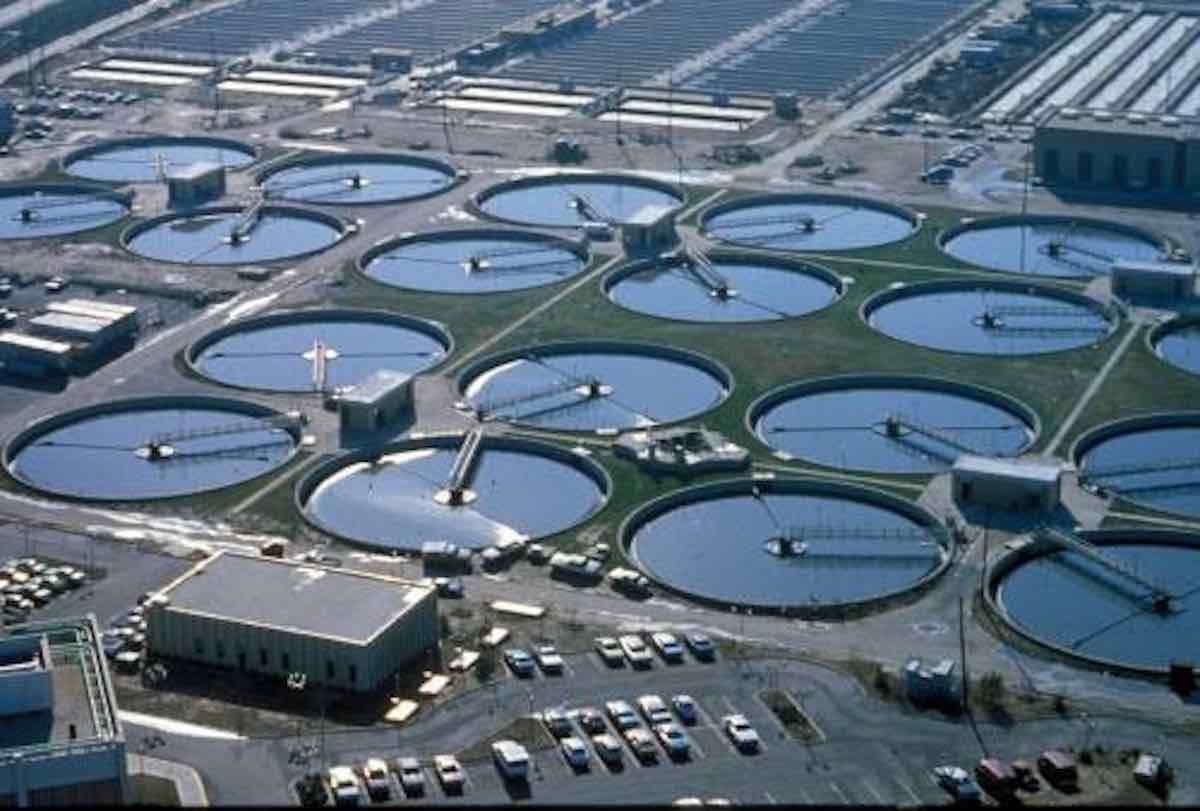Dyson to Join Electric Vehicle Revolution With First Car Launch in 2021
The company is set to begin construction of their first automotive facility in December.

You've flushed something valuable down the toilet today.
This new study is the first to show that purple phototrophic bacteria - which can store energy from light - when supplied with an electric current can recover near to 100% of carbon from any type of organic waste, while generating hydrogen gas for electricity production.
Organic compounds in household sewage and industrial wastewater are a rich potential source of energy, bioplastics and even proteins for animal feed - but with no efficient extraction method, treatment plants discard them as contaminants.
Purple bacteria, however, is an environmentally-friendly and cost-effective solution.
"One of the most important problems of current wastewater treatment plants is high carbon emissions," says co-author Daniel Puyol of King Juan Carlos University, Spain. "Our light-based biorefinery process could provide a means to harvest green energy from wastewater, with zero carbon footprint."
"Purple phototrophic bacteria belong to the biggest and most diverse group of bacteria," Puyol told Research Gate. "All of them are photosynthetic, but unlike plants and algae, they use infrared light as the energy source for their metabolism. This gives them a color from brown to red-including purple.
"The main feature of these fascinating organisms is their versatile metabolism. They can perform a range of metabolic reactions, making them a kind of metabolic Swiss army knife. For this reason, these organisms are ubiquitous in nature. However, their preferred environment is in bodies of water, mainly lakes. They're also frequently found in wastewater treatment plants, which gives us a clue about their applications."
The bacteria can use organic molecules and nitrogen gas - instead of CO2 and H2O - to provide carbon, electrons and nitrogen for photosynthesis. This means that they grow faster than alternative phototrophic bacteria and algae, and can generate hydrogen gas, proteins or a type of biodegradable polyester as byproducts of metabolism.
In this study, which was published in Frontiers in Energy Research, the group analyzed the optimum conditions for maximizing hydrogen production by a mixture of purple phototrophic bacteria species. They also tested the effect of a negative current - that is, electrons supplied by metal electrodes in the growth medium - on the metabolic behavior of the bacteria.
Their first key finding was that the nutrient blend that fed the highest rate of hydrogen production also minimized the production of CO2.
"This demonstrates that purple bacteria can be used to recover valuable biofuel from organics typically found in wastewater - malic acid and sodium glutamate - with a low carbon footprint," says co-author Professor Abraham Esteve-Níºí±ez.
Even more striking were the results using electrodes, which demonstrated for the first time that purple bacteria are capable of using electrons from a negative electrode or "cathode" to capture CO2 via photosynthesis.
"Recordings from our bioelectrochemical system showed a clear interaction between the purple bacteria and the electrodes: negative polarization of the electrode caused a detectable consumption of electrons, associated with a reduction in carbon dioxide production.
"This indicates that the purple bacteria were using electrons from the cathode to capture more carbon from organic compounds via photosynthesis, so less is released as CO2."
According to the authors, this was the first reported use of mixed cultures of purple bacteria in a bioelectrochemical system - and the first demonstration of any phototroph shifting metabolism due to interaction with a cathode.
Capturing excess CO2 produced by purple bacteria could be useful not only for reducing carbon emissions, but also for refining biogas from organic waste for use as fuel.
"We recently obtained funding to pursue this aim with further research, and will work on this for the following years. Stay tuned for more metabolic tuning," says Puyol.
Clean Up Negativity By Sharing The News With Your Friends On Social Media - File photo by Chesapeake Bay Program
Be the first to comment